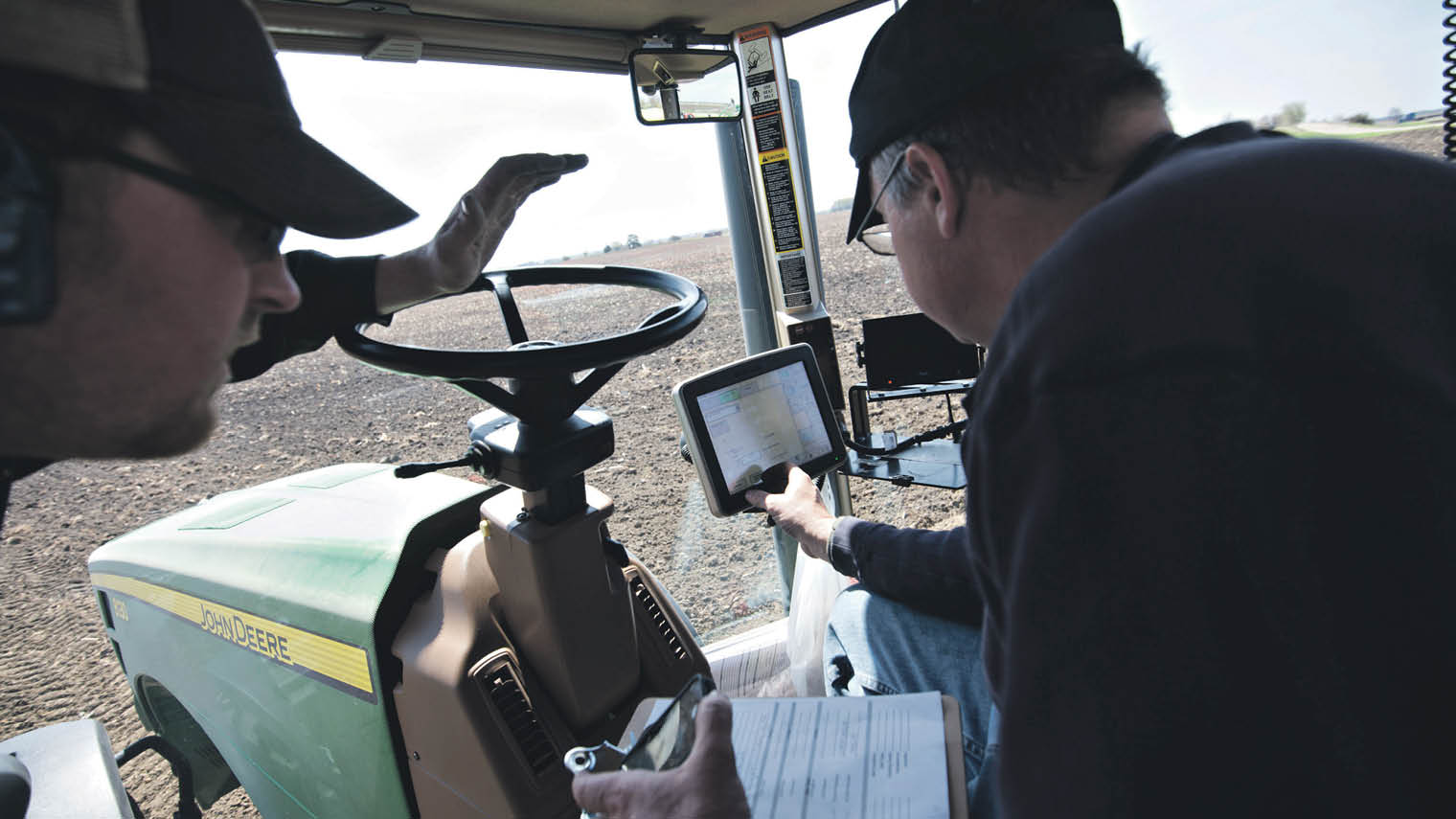U.S. BANK
Retail banking is not usually seen as a hotbed of innovation, but forward-thinking banks are utilising the internet of things (IoT) to become more customer centric. And, in the process, they are reinventing their business models.
Minnesota-based U.S. Bank led the way for innovation in American banks, by applying cutting-edge technology to conventional banking services, most notably in their introduction of photo banking services. Now the bank is investigating the ways in which IoT can be incorporated into their business model to not just meet the current needs of customers, but also prepare for changes in consumer expectations.
U.S. Bank is moving outside the traditional banking ecosystem to reach customers in unexpected places. While giving customers access to their bank accounts through Amazon Alexa and trialling beaconing technology to allow for cardless ATM access through mobile Bluetooth are exciting developments, U.S. Bank is going further. Thanks to the increasing prevalence of IoT devices, the bank is looking at a geolocation programme that would locate the customer through their mobile phone and eliminate the need for them to give notice before travelling abroad.
The bank spends upwards of $1 billion annually on technology and its innovation labs are using hackathons to develop pioneering ideas around IoT. A recent U.S. Bank hackathon discussed how car sensors could automatically pay at drive-throughs or tolls and the bank even produced a video showing how IoT weighing scales may soon be connected to a financial rewards scheme.
This pivot to a customer-centric IoT model is expected to improve the quality and quantity of customer data, as the bank will gain insights into previously unknown parts of consumers’ lives. In an industry like banking, where competitors are increasingly turning to high-tech solutions, U.S. Bank is hoping to stand out by offering their customers convenience and security through the IoT.
ZUMTOBEL GROUP
Multinational manufacturer Zumtobel Group is working to redefine what it means to be a lighting company. Traditional lighting solutions have little or no in-built connectivity, limiting them to a single function. But the advent of the IoT has opened up new functionality for lighting with Zumtobel Group capitalising on these new possibilities in preventative maintenance and remote diagnostics.

Zumbotel’s lighting solutions on display at the Urban Nation Museum for Urban Contemporary Art in Berlin
A central part of this business shift is a renewed focus on the back-end software that enables enhanced functionality in lighting management. Zumtobel Group has hired software developers to work on projects that, while helping to keep lighting costs down, also enable initiatives such as a recent trial for Land Securities. This saw the creation of a “connectivity room” with lighting sensors that adapt to the different ways the space is used, and adjust brightness and tones accordingly.
By 2020, the majority of IoT installations in buildings will be on the back of lighting systems
Last year Zumtobel Group formed a partnership with Bosch on the development of IoT solutions for lighting in commercial buildings, further boosting their IoT credentials. It’s not hard to see why the Zumtobel Group is moving in this direction, as research firm Memoori predicts that, by 2020, the majority of IoT installations in buildings will be on the back of lighting systems.
Paul Djuric, operations manager at facilities maintenance software firm Urgent Technology, says: “Thanks to the ever-evolving world of tech, the facilities management industry now has the tools it needs to understand exactly how buildings are operating. In the built environment, this technology can measure everything from environmental factors, such as air quality, temperature and sound levels to asset performance. IoT models can support preventative maintenance. This essentially means fixing things before they break.”
Zumtobel Group is no longer solely a lighting manufacturer with their customers now expecting the connectivity of Zumtobel’s products to be the same quality as the lighting itself.
JOHN DEERE
Agricultural manufacturing business John Deere is going further than just the piecemeal introduction of IoT solutions into their products with the company using advances in technology to change fundamentally how businesses in the farming industry interact.
John Deere was an early adopter of IoT in agriculture and have now enabled their planting units to monitor exactly where individual seeds are placed and how much pressure is being put on them, through IoT sensors that relay results to an iPad app.

Innovations like this are helping farmers manage their land better and collect huge amounts of valuable data which can be shared to encourage collaboration between companies in the agricultural industry. For example, real-time information at farms can be accessed by buyers in the market to manage supply chains more effectively, or by other farmers to share knowledge of different planting techniques or layouts.
As John Deere recently allowed third-party software on its data platform, customers who agree to upload farm data to the John Deere Operations Centre will also be able to use a wide array of tools needed to run their business through one interface. This positions John Deere’s range of smart products, including farming equipment and irrigation systems, as a vital component for any technological competent farm.
This new model creates value for farms and helps lock in these buyers into the John Deere IoT ecosystem. However, the company is facing new challenges to keep complex data networks secure, while ensuring these solutions are as easy to use as possible. Getting some farms to embrace such high-technology products may also prove difficult, but as long as the Information Solutions Group at John Deere, which works to maximize crop yields, fully articulates the benefits of these products, then farms can be expected to join this ambitious IoT-inspired strategy.
U.S. BANK
ZUMTOBEL GROUP






